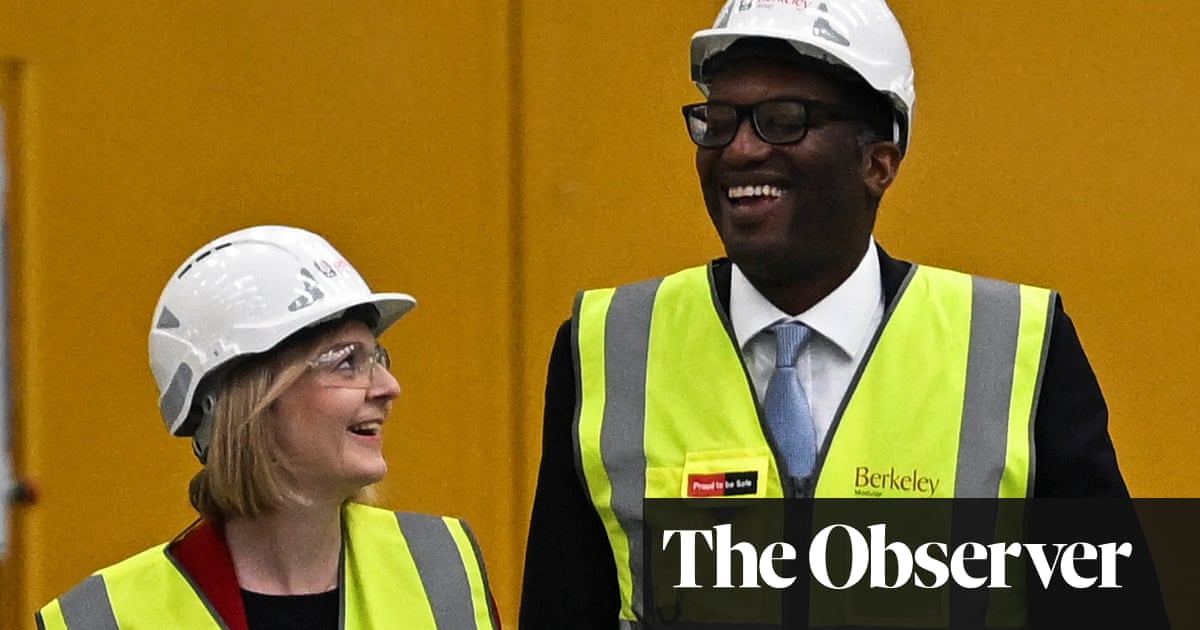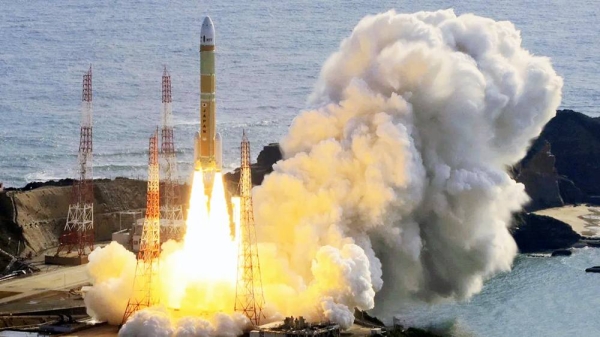
The one-year anniversary of the liberation of Iraq’s second largest city from ISIS fell on July 10 at a time when politicians have warned that the factors that led to the Ninveh province’s fall in the terrorist group’s hands still persist to this day.
Prime Minister Haidar al-Abadi has vowed to pursue the remaining ISIS cells in the country and to set plans and strategies for the rebuilding process.
He said in a statement: “The liberation of Mosul has paved the way for the return of its residents back to their homes to resume their normal lives.”
“Iraq will succeed in eliminating the remnants of the criminal gangs and cells … to permanently rid the country of their evil,” he added.
On reconstruction, he said that the first steps of rebuilding liberated areas has started.
Former Nineveh governor Atheel al-Nujaifi told Asharq Al-Awsat: “The time is still not right for the residents of Mosul to frankly discuss why their city fell in the hands of ISIS and why it was liberated in such a way.”
Nineveh fell to ISIS during his tenure as governor. He had made a lengthy testimony before a parliamentary investigation committee addressing the issue.
The results of this probe have not been revealed yet due to political pressure, he revealed.
“The Iraqis have not yet addressed the post-liberation phase. I believe they have neglected to assess the previous phase and the need to prevent its recurrence. They have once again returned to the same cycle of political disputes, leaving Iraq’s strategic policy to foreign players,” Nujaifi lamented.
The authorities must instead “invest in the strengthening national sentiment that was created after ISIS’ defeat and unite the Iraqis against a common enemy,” he added.
“A new political reality in Iraq needs to be established,” he demanded.
Nineveh MP Sheikh Ahmed Madloul al-Jarba told Asharq Al-Awsat that a year after its liberation, Mosul is still facing major challenges.
Significantly, the negatives that existed before the ISIS takeover are reemerging at the hands of some security and military agencies, he warned.
He accused them of extorting the people and releasing several suspected ISIS members that were detained by civilians.
“This is very frustrating to the people,” he said.
Moreover, Jarba attributed the fall of Mosul, Salaheddine, al-Anbar and parts of Kirkuk and Diyala in ISIS hands to Iraq’s open borders with Syria.
“This dangerous issue has yet to be addressed,” he stated. “The borders are still open and the terrorists are crossing them with great ease.”
The lawmaker called on the Iraqi government to tackle this situation and send military reinforcements to control the border to avoid the recurrence of the tragedy.
Military expert Diya al-Wakil told Asharq Al-Awsat that ISIS is still active in Iraq’s desert regions and areas its believes are vital to it, such as regions between central and northwestern Iraq, specifically the Baghdad-Diyala-Kirkuk road that connects several provinces together.
A year after the liberation, much of Mosul lies in ruins and many of its residents see little reason to celebrate.
"We were liberated but what have we come back to? Our homes have been destroyed," said mother of seven Umm Mohammed, according to an Agence France Presse report.
The fiercest fighting against ISIS took place around western Mosuls Old City, where Umm Mohammeds home near the Great Mosque of Al-Nuri has been reduced to rubble.
The mosque, once a famous landmark with its leaning minaret, is where ISIS leader Abu Bakr al-Baghdadi made his only public appearance. The terrorists used explosives to blow up the famed 12th century mosque as the army closed in on them last summer.
Like many mosques, houses, schools and other buildings across Mosul, all that is left of it is a pile of rubble.
Although life has gone back to normal in some parts of eastern Mosul, the massive clean-up of the western part of the city only began a few weeks ago.
In a report released this week, the Norwegian Refugee Council bemoaned conditions in the city.
"More than 380,000 people are still displaced in and around Mosul as the city lies in ruins with a staggering eight million tons of debris," it said.
No official festivities were planned on Tuesday to mark the first anniversary of Mosuls liberation.
Residents said they had little to celebrate.
"The huge destruction has emptied our joy of any meaning," said Abu Ghassoon, a 44-year-old unemployed man who lives in east Mosul after his home in the west was destroyed.
Ghadir Ibrahim Fattah, 35, agreed.
"We had expected reconstruction to begin immediately after (the terrorists were ousted) but nothing happened, and this has demoralized the people," he said.
Residents accused the central government of dragging its feet, while the NRC has said the international community "is not doing enough".
The Norwegian aid group estimates that $874 million (750 million euros) is needed to repair basic infrastructure in Mosul.
But destruction is not the only hardship facing the people of Mosul.
Every Friday for the past year, women dressed in black have gathered in the citys Al-Minassa Square, holding up pictures of missing husbands and sons as they seek information on their fates.
Like the mothers of Argentinas Plaza de Mayo who staged similar protests to seek information on their children who vanished during the 1976-1983 military junta, the women of Mosul have continued to demand answers.
"The government is not telling us anything," said Umm Qais, a 40-year-old whose son is missing.
"What was hailed by the Iraqi authorities and the international community as a victory a year ago has not translated to relief from abject misery for many Iraqis from Mosul," said its Iraq Country Director Wolfgang Gressmann.
Ghanem Hamid, a provincial official, told AFP the "central government has neglected the province" of Nineveh, of which Mosul is the capital.
"They have not offered us anything worth mentioning," he said.












